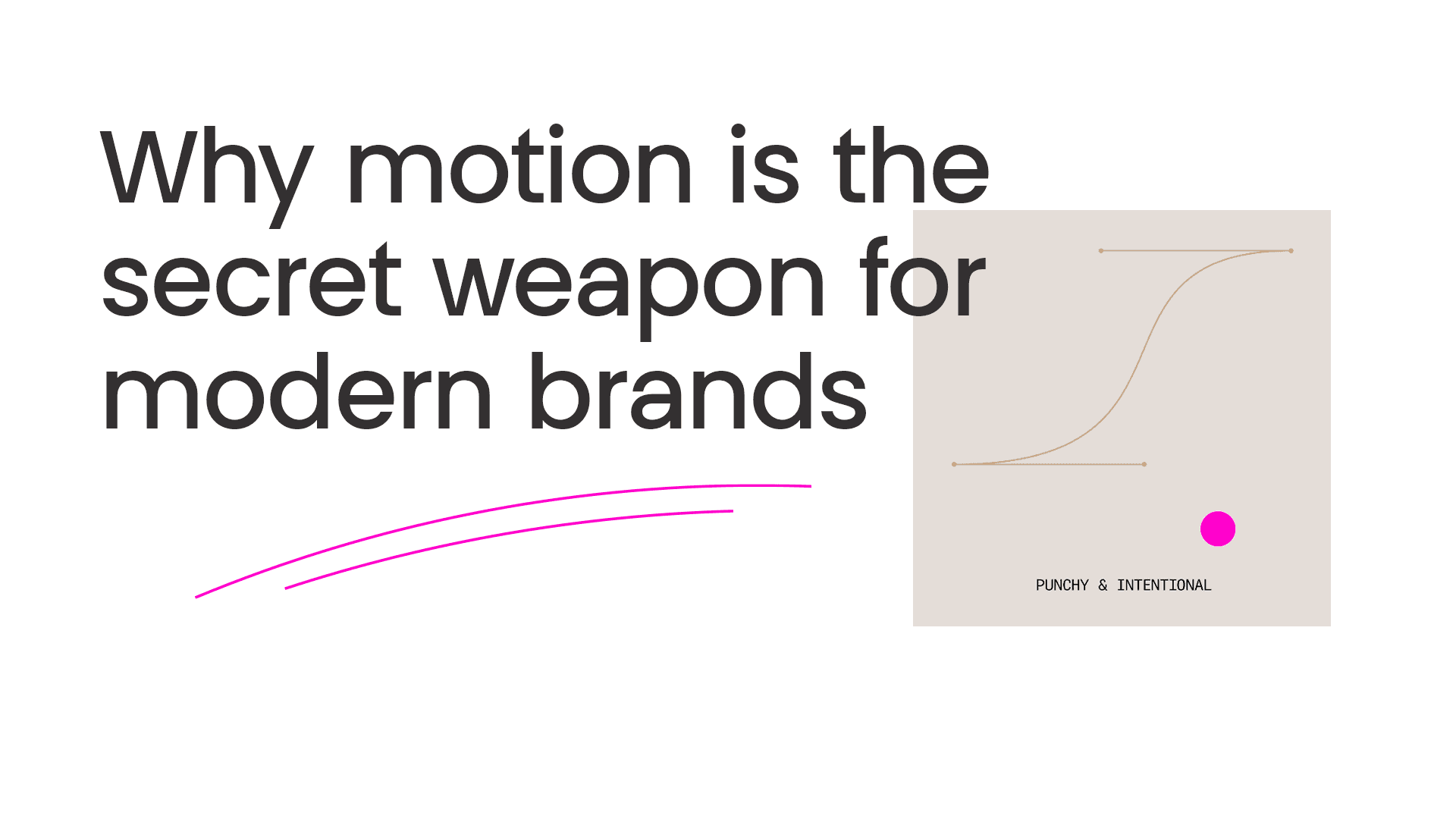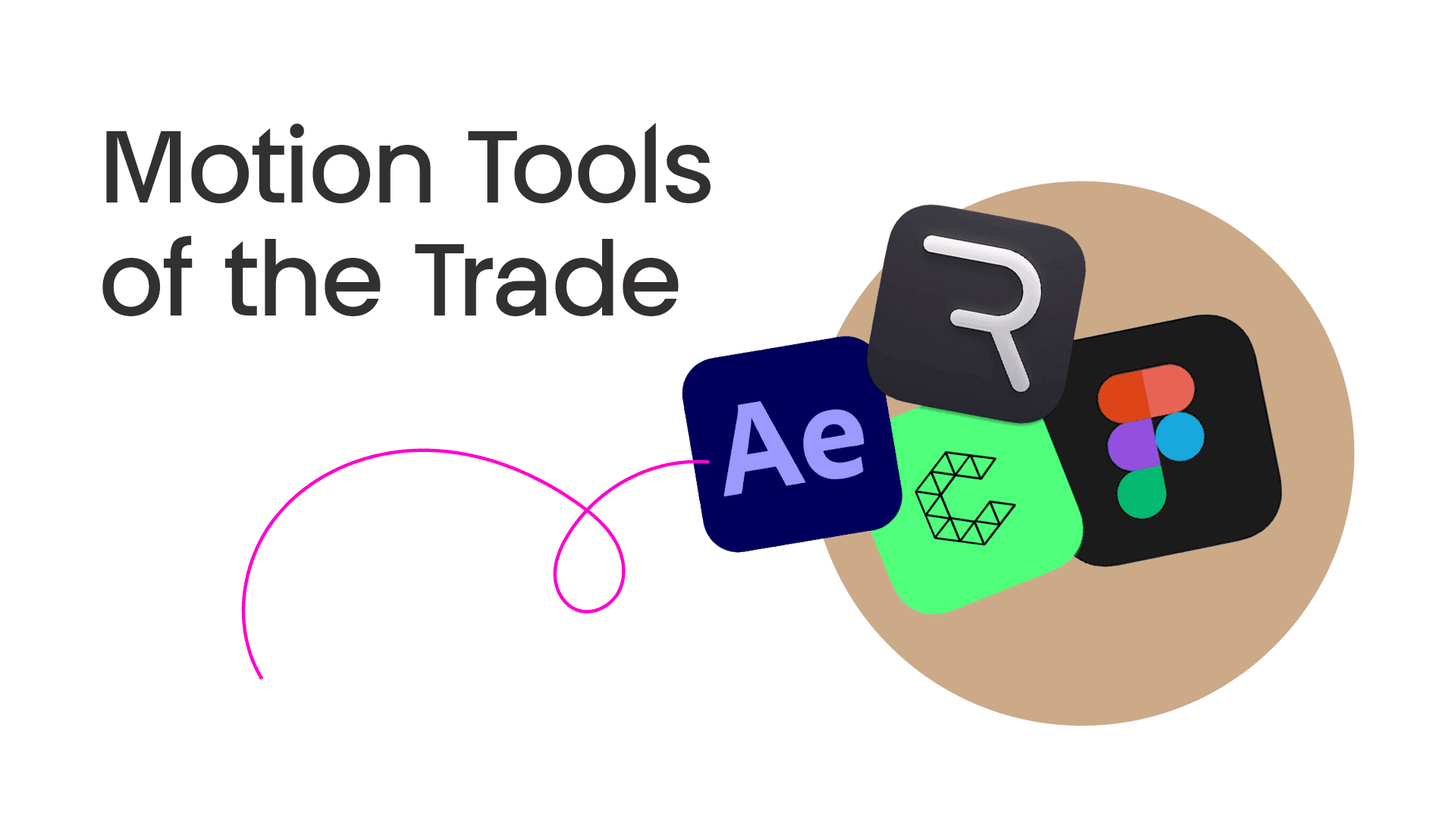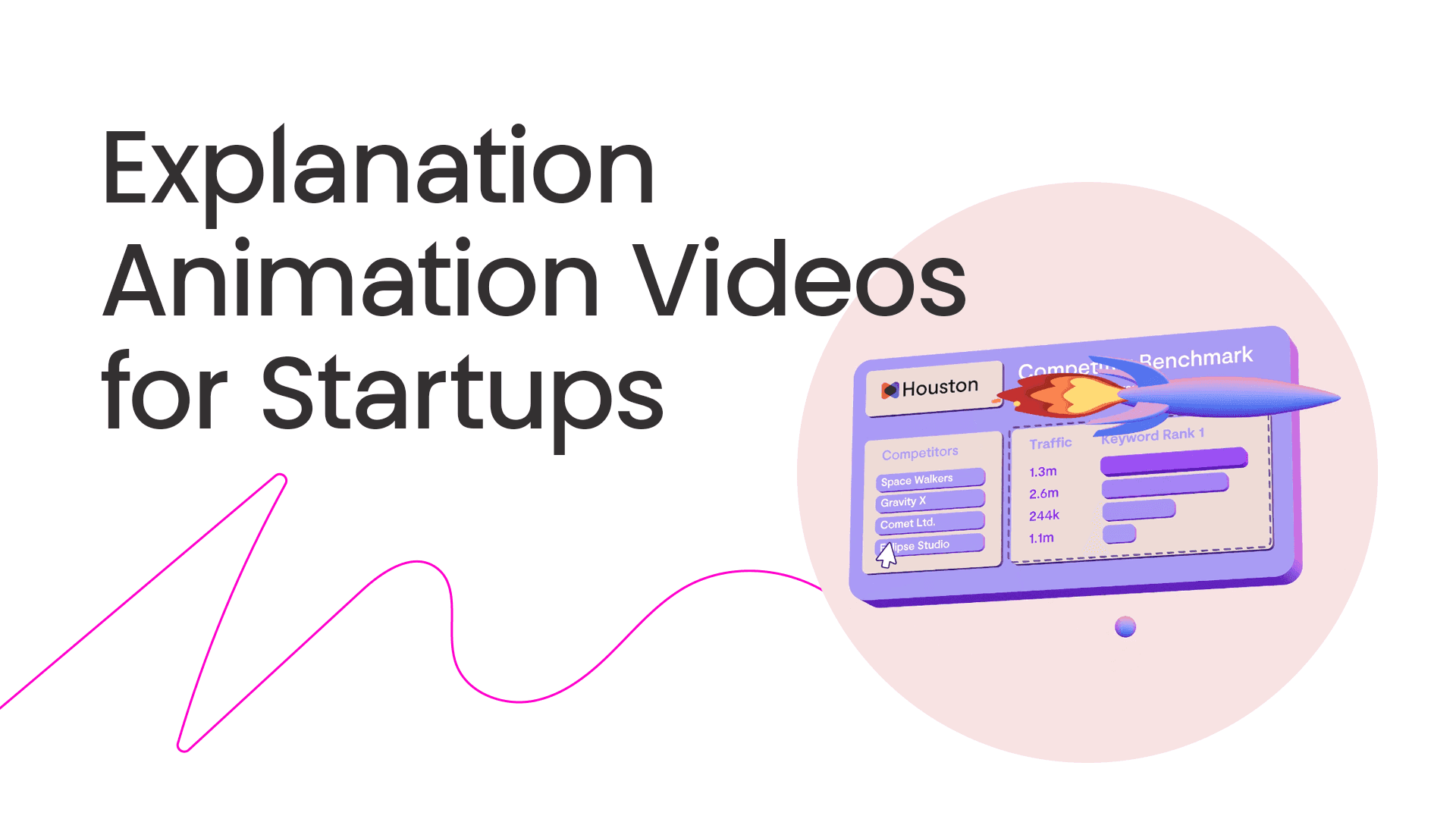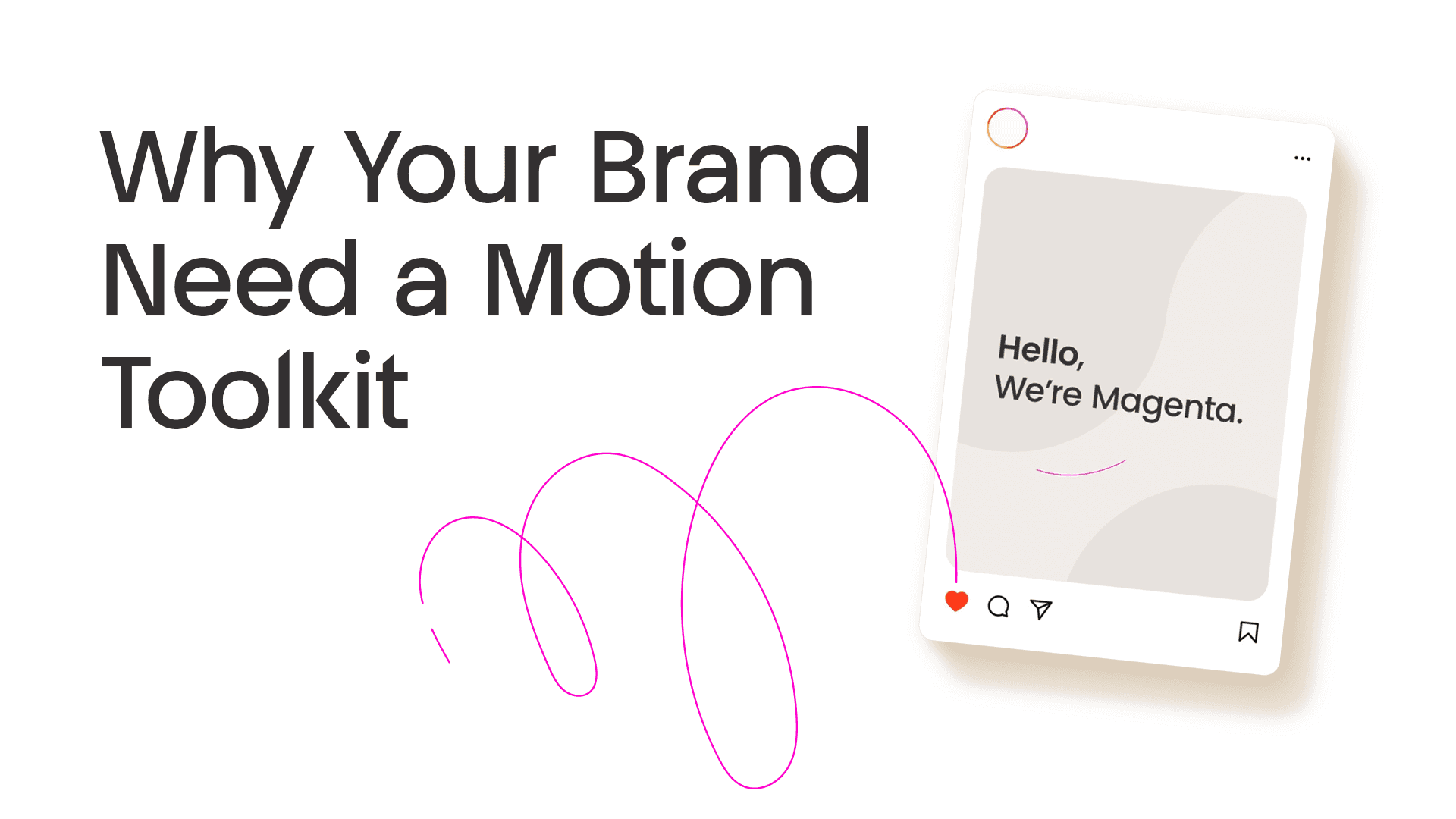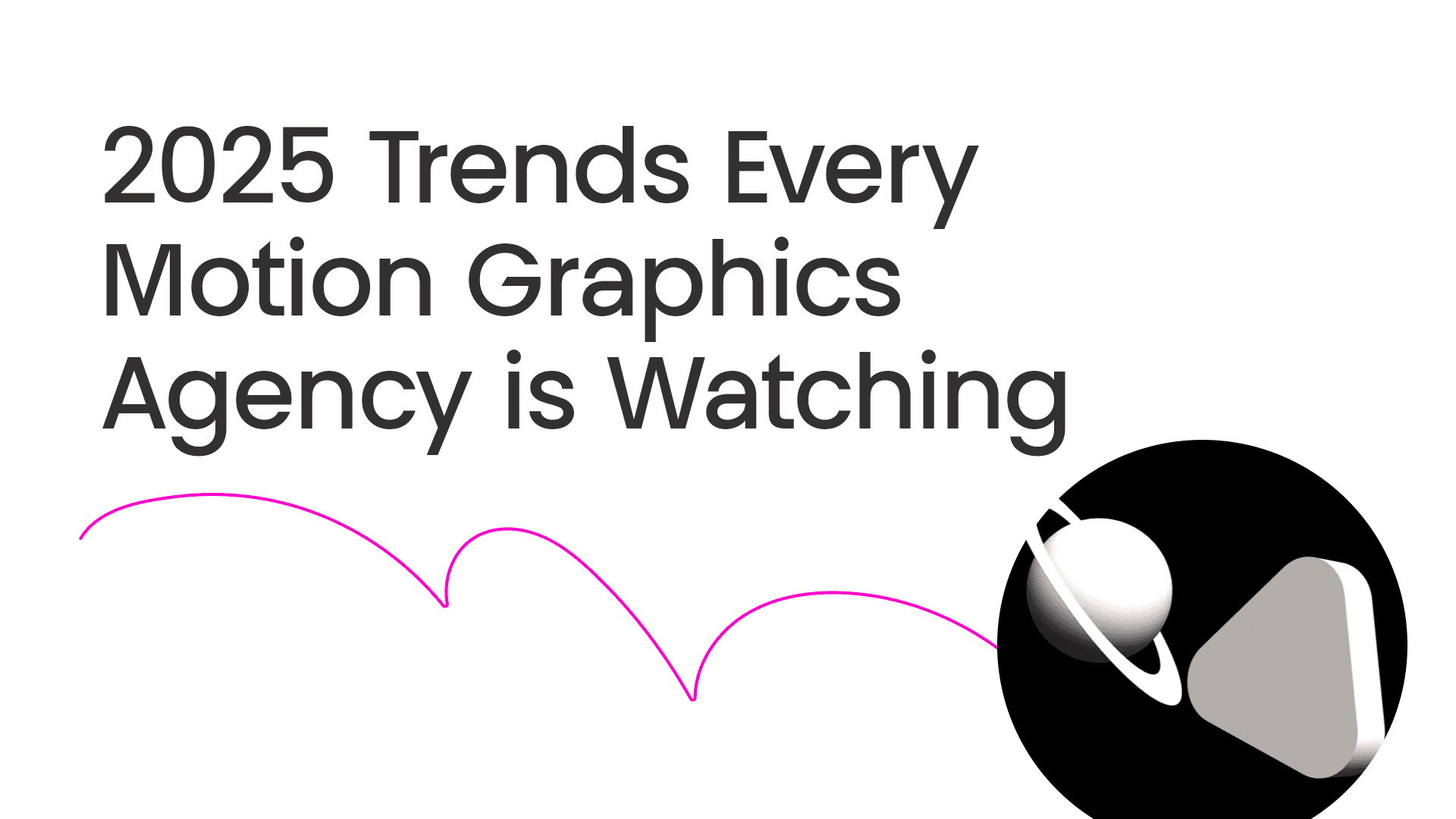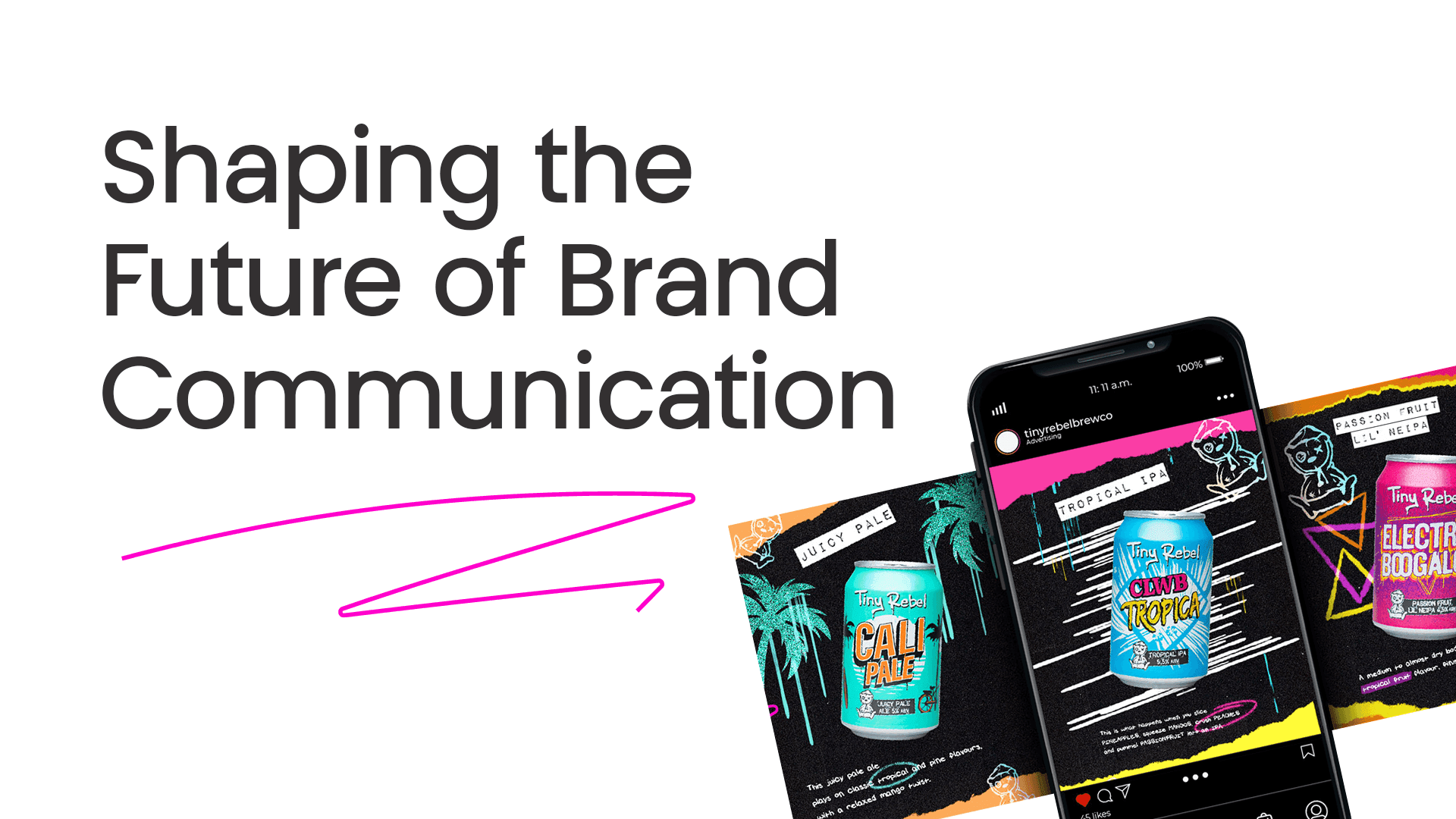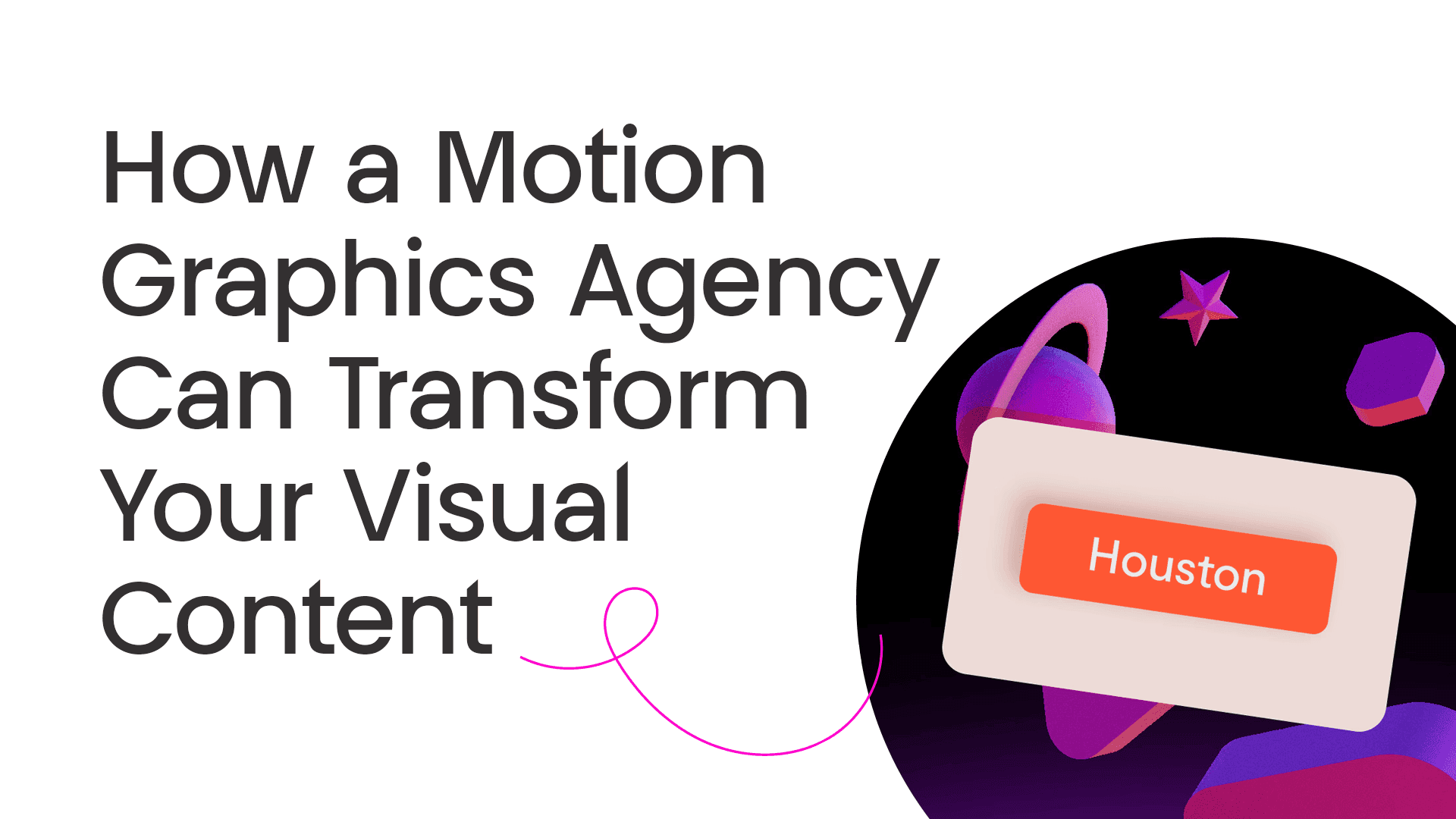Insights
Welcome to our insights page. Here, we like to write handy articles to help you navigate the creative industry, as well as updates about what's happening in our studio.
Why Motion Design is the Secret Weapon for Modern Brands
Tools of the Trade: Software Every Motion Design Agency Should Use
Explanation Animation Videos for Startups
Why Your Brand Needs a Motion Toolkit and how a Motion Design Agency Can Deliver It
2025 Trends Every Motion Graphics Agency Is Watching
How Motion Graphics Agencies Are Shaping the Future of Brand Communication
The Future of Animation: Where We See the Industry Heading
How a Motion Graphics Agency Can Transform Your Visual Content
Back to top
